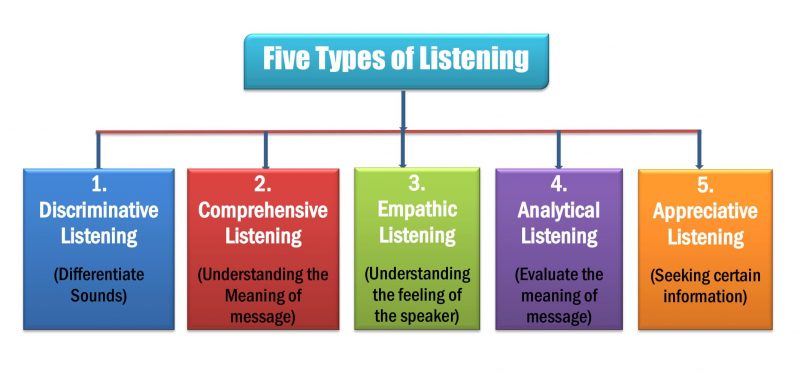

Simple view of reading ( Gough & Tumner, 1986).Īfter 28 years, the original simple view paper ( Gough & Tumner, 1986), cited in over a thousand subsequent publications, has been highly influential in informing frameworks of reading assessment and interventions. Moreover, when text decoding skills are controlled, reading comprehension and listening comprehension should be equal. These two components are necessary, but neither is sufficient, for reading comprehension to occur. Over time, linguistic comprehension has been referred to as listening comprehension. According to the simple view, shown in Figure 1, reading comprehension is the product of two primary factors: word recognition, or the ability to translate printed text into pronounceable words, and linguistic comprehension, the ability to understand the text if it is heard instead of read. In 1986, Gough and Tunmer first introduced their “simple model” of reading. However, is the decoding of text into words useful if you can’t understand those words? If the ultimate goal of reading is to decode and comprehend written text, in this scenario neither the boy nor his grandfather is truly reading. Who is reading? The boy or his grandfather? As was the case with Sally, many would argue that the boy is reading in this scenario because he is decoding printed text into spoken words. The boy reads a letter from a German relative to this grandfather who chuckles often at his relative’s wit. His grandfather understands German but cataracts prevent him from seeing printed words. As a punishment for his constant mischief, a young boy is forced to learn to decode German texts, although he doesn’t speak or understand German. If the ultimate goal of reading is to comprehend, has Sally accomplished it?Ĭonsider another scenario. However, one might wonder how much of this complex text Sally is actually comprehending at her young age. Who is reading? Sally or her grandfather? To many, Sally is the one reading in this scenario because she is the one decoding printed text into spoken words (and even with appropriate prosody!).
COMPREHENSIVE LISTENING SERIES
Now, the third person has to comprehend that the advice given to him is based on their perspective and not very generalized.In the popular television series Mad Men, 8-year-old Sally Draper reads to her grandfather from The Decline and Fall of the Roman Empire, “The warmth of the climate disposed the natives to the most intemperate enjoyment of tranquility and opulence, and the lively licen- licent-” When Sally cannot decode the word “licentiousness”, her grandfather provides it, and she continues- “of the Greeks was blended with the hereditary softness of the Syrians …” ( Waller, Weiner, & Getzinger 2009). One will say that it is good to invest in stock market whereas another person will say that it is not good to do so. Hence while giving advice to the third person both of them will use their past experiences as a parameter.

One had always seen profit whereas other people had a bad experience of losses. But both the persons had different experiences in the stock market. Examples of Comprehensive Listening in Daily Lifeįor instance, two-person are talking related to the stock market. To completely understand or comprehend the person, you need to expand your horizon.

It will make use of various analyses and evaluations that will interpret the message delivered by the speaker. In simple words, understanding the meaning of the message is comprehensive listening.
COMPREHENSIVE LISTENING FULL
So comprehension listening is also called as content listening or informative listening or full listening. This helps the other person the actual meaning of the words or sentences used by the speaker. It is also true for the visual components of communication where you can get an understanding of the entire body language.


 0 kommentar(er)
0 kommentar(er)
